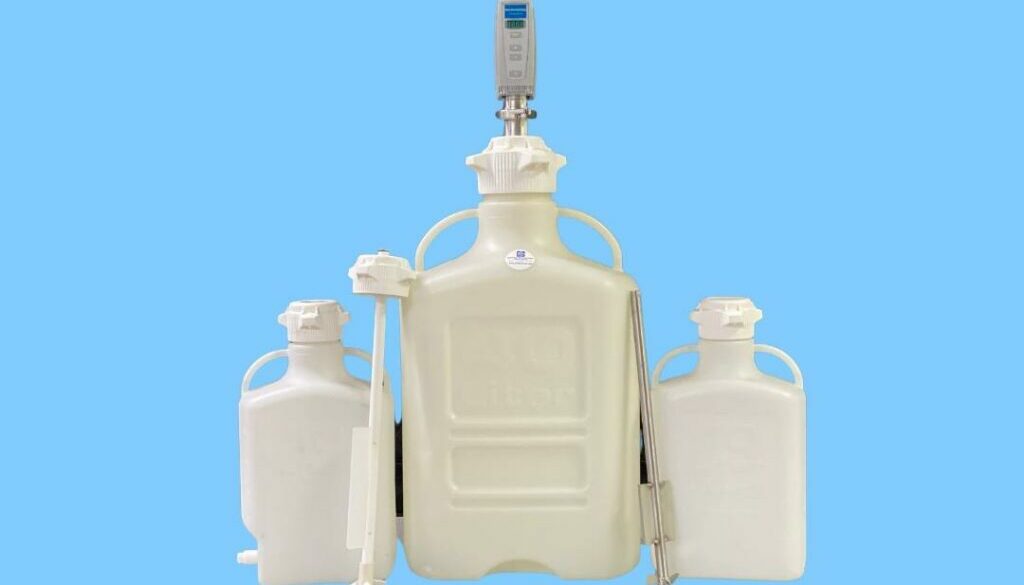Top 5 mixing applications for top entry agitators or orbital shakers
Sanitary Mixing Equipment for the Biopharmaceutical Industry
What are the five most common mixing applications using Top Entry Agitators or Orbital Shakers?
The design and fabrication of mixing equipment and industrial shakers for the biopharmaceutical industry must consider many options, whether for a bench-scale blending project, pilot-scale mixer studies, or large-scale production requiring uniform blending in the tank or carboy being used for the preparation.
Defining the process results is vital, such as in a buffer prep solution. Complete dissolving and uniformity in the tank are required. They can often be measured by pH sampling or confirming the exact mixing time to assure complete dissolution of all solid material. Some applications (such as cell culture) will require low shear mixing, while complex emulsions and dispersions can require high shear blending to achieve desired mixing results.
In addition, the equipment must meet all the sanitary and hygienic standards established for the biopharmaceutical industry. It is also important to define FAT procedures to ensure consistent product quality.
A biopharmaceutical cell culture plant utilizes mixing equipment to produce cell cultures to prepare buffer solutions and suspend sugars, amino acids, proteins, vitamins, fats, and carbohydrates. Each mixing operation has specific requirements:
- Cell cultures
- Buffer Solutions and preparation of media
- Oral suspensions and Intravenous solutions
- Solid dose coating formulations
- Resin slurry mixing for chromatography column feed
White Mountain Process is dedicated to providing the biopharmaceutical industry with effective mixing systems designed and fabricated to meet any required sanitary standards. The impellers incorporated into the mixers are individually manufactured and offer significant advantages over cast units.
- All surfaces are mechanically or chemically polished to <20 Ra and then electropolished, with an option to passivate the steel surfaces as required.
- Complete documentation (cGMP packages and MTRs) are always provided with the equipment.
With orbital shaking equipment, there is no intrusive mixing shaft/impeller. The shaker can homogenize or gently mix the materials in the container used for storage or makeup. Shakers are a practical approach to single-use mixing in carboys and the ability to mix multiple containers simultaneously in the correct shaking system setup.
In other articles, we will discuss the benefits and the negatives of TOP ENTRY MIXERS vs ORBITAL SHAKERS – two very different mixing approaches, both very powerful blending system tools for biotech manufacturers.
Certifications for mixing systems can include:
- Resin UL Listing for electrical and automation
- CE stamp
- USP VI certifications for all elastomers/plastics
- 316Lss certs for stainless steel components or other alloys
- Polishing certification for Ra finish and passivation/electropolishing
- COAs
- Riboflavin full coverage CIP reports and test protocols
- CSA for electrical going to Canada
- ISO certification for manufacturing plants
- ASME code stamp for stainless steel or exotic allow pressure vessels, or pressure rated jackets
- Others as needed – please contact us at www.wmprocess.com
- IQ and OQ documentation packages are optional on mixing sytems
- FAT – factory acceptable testing
- SAT – on site acceptance testing is often coupled with equipment setup, startup, and training
- Automation certifications and documentation


